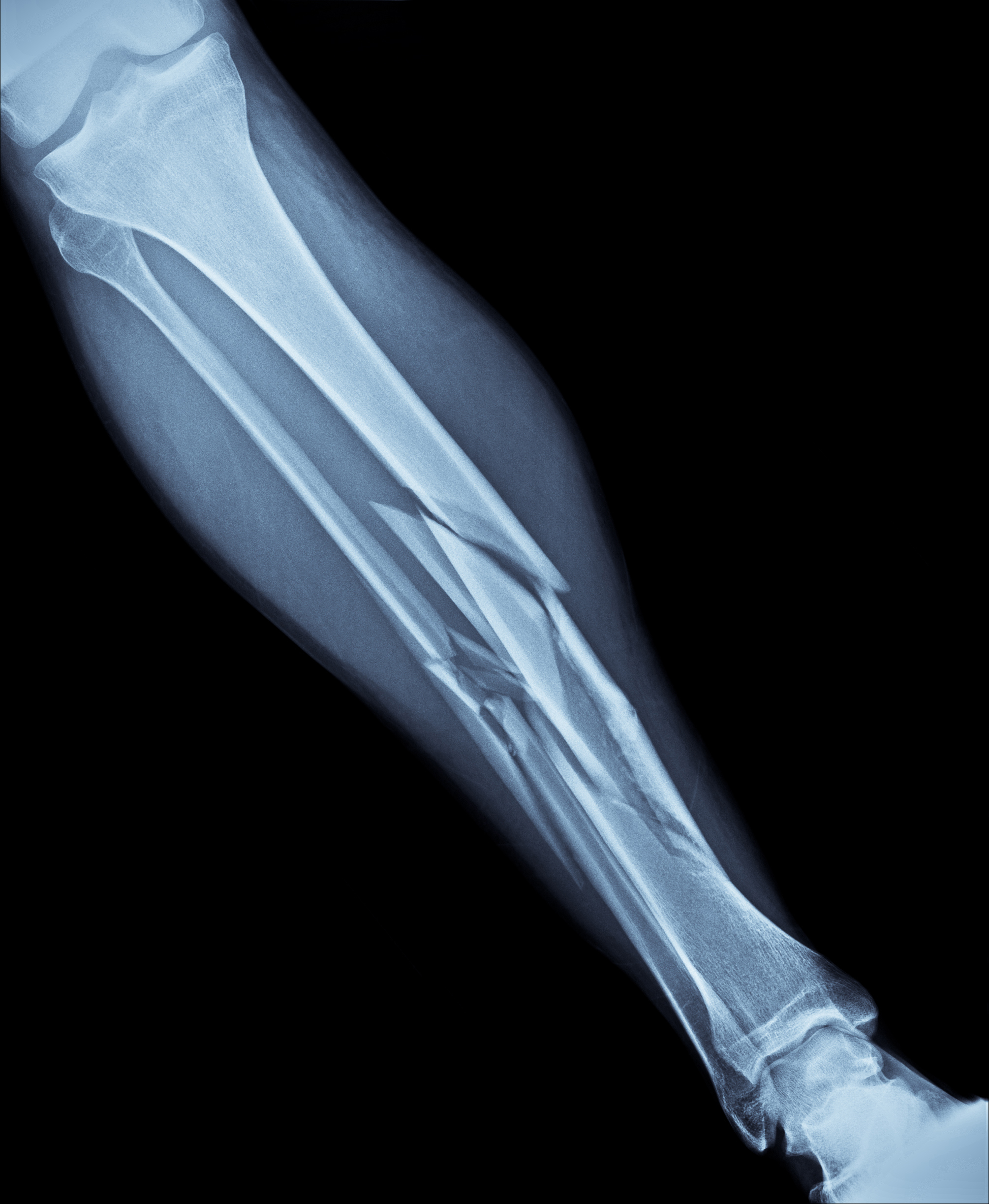 Pain is one the most common medical conditions. It is defined as unpleasant sensation, usually evoked by external or internal noxious stimuli. Mild, moderate, severe, acute, or chronic, pain can be described using a myriad of words. As many ways as there are to describe pain, we have just as many categories of pain medications. Analgesic drugs are used to treat pain. Although there are many agents to choose from, no particular drug is perfect. The "perfect" analgesic medication would provide adequate pain relief, cause no side effects, and not lead to dependence or addiction. We will discuss non-narcotic and narcotic analgesics during this lecture.
Pain is one the most common medical conditions. It is defined as unpleasant sensation, usually evoked by external or internal noxious stimuli. Mild, moderate, severe, acute, or chronic, pain can be described using a myriad of words. As many ways as there are to describe pain, we have just as many categories of pain medications. Analgesic drugs are used to treat pain. Although there are many agents to choose from, no particular drug is perfect. The "perfect" analgesic medication would provide adequate pain relief, cause no side effects, and not lead to dependence or addiction. We will discuss non-narcotic and narcotic analgesics during this lecture.
Lesson
Drugs Used to Treat Bacteria, Fungi, and Viruses
Pain
Analgesics
Over the Counter (OTC) Analgesics
Salicylates
 Aspirin is the "gold standard" in the salicylate drug class. It was first isolated from the bark of the willow tree in 1763,
and then first synthetically derived in 1897 by the German drug company, Bayer. The chemical name is acetylsalicylic acid,and
it is frequently abbreviated as ASA. It has four different mechanisms of action (1) analgesic, (2) anti-inflammatory, (3)
antipyretic, and (4) anticoagulant. The fourth therapeutic effect is specifically unique to aspirin. By prolonging the clotting
time of the blood, low-dose aspirin can be used to prevent a second stroke or heart attack.
Aspirin is the "gold standard" in the salicylate drug class. It was first isolated from the bark of the willow tree in 1763,
and then first synthetically derived in 1897 by the German drug company, Bayer. The chemical name is acetylsalicylic acid,and
it is frequently abbreviated as ASA. It has four different mechanisms of action (1) analgesic, (2) anti-inflammatory, (3)
antipyretic, and (4) anticoagulant. The fourth therapeutic effect is specifically unique to aspirin. By prolonging the clotting
time of the blood, low-dose aspirin can be used to prevent a second stroke or heart attack.
When aspirin is prescribed for daily use, it is often at a recommended dose of 81 mg a day. Studies have shown that this low-dose regimen has decreased cardiovascular events in patients with preexisting coronary artery disease; however, taking aspirin every day can have a downside for some people. The acidic nature of acetylsalicylic acid (or aspirin) can cause irritation to the lining of the stomach with long term use, and lead to stomach ulcers. Drug companies have developed several formulations to combat this possible outcome. The first formulation uses an enteric coating around the outside of the tablet. This type of tablet only dissolves in the higher pH environment of the duodenum, or small intestine. Also available, but less frequently used, is buffered aspirin (Bufferin). This formulation combines aspirin with an antacid drug (aluminum, calcium, or magnesium) to buffer the acidity of aspirin and protect the stomach.
Reye's syndrome is another risk when aspirin is used for aches and pains from a viral illness. Although aspirin is approved for use in children as young as two years old, Reye's syndrome most frequently affects children and teenagers recovering from the flu or chicken pox. Symptoms of Reye's syndrome include confusion, seizures, loss of consciousness, liver damage, increased serum ammonia levels, and encephalitis, and require emergency attention. Early intervention is key to saving a life when suffering from this condition. Therefore, treating the symptoms from a viral illness with aspirin is not recommended; instead, acetaminophen (Tylenol) is used.
Nonsalicylate Analgesics
Acetaminophen (Tylenol) is sometimes referred to as "APAP," an abbreviation for the chemical name acetyl-para-aminophenol. It is not related to any of the salicylate drugs Although it does share two of the same therapeutic effects (1) analgesic and (2) antipyretic, acetaminophen does not have any anti-inflammatory or anticoagulant effects. The upside to this lack of therapeutic activity is that acetaminophen does not cause stomach upset or gastric ulcers.
The History of Tylenol
Tylenol has had an assorted past with different formulations and FDA scrutiny. Almost 100 years after the first experiments involving acetaminophen, it was eventually approved in the U.S. In 1955, the companies first single agent product was marketed by McNeil Laboratories as Children's Tylenol Elixir. The success of Children's Tylenol is attributed to McNeil's unique marketing strategy, direct marketing to physicians and pharmacists about the undesirable effects of aspirin, followed by asking them to recommend Tylenol to those suspected to experience those effects. It would be a short four years before it was widely available as an over-the-counter product.
In September of 1982, seven deaths result from a tampering of Tylenol Extra Strength Capsules with cyanide. Only two weeks later, a copycat incident occurred in California; this time, Tylenol Extra Strength Capsules were laced with strychnine. Forcing one of the largest drug recalls in history, McNeil withdrew all capsule formulations not in blister packs. Within six weeks, Tylenol reintroduced Extra Strength Tylenol capsules in new "triple safety-sealed tamper-resistant" packaging. Hence, the tamper resistant packing all medications are packaged in to this day.
The tampering didn't stop there. In 1986, Portugal reported a criminal tampering incident leading to more recalls overseas. Over the next decade, the drug company would integrate gelcap and caplet formulations into all product lines, phasing out capsule formulations, and eventually making it an industry standard to only provide solid formulations for over-the-counter medications.
In the more recent years, the FDA has begun it's investigation on acetaminophen toxicities. Because of the large quantity of different products with acetaminophen available by prescription and over-the-counter, the U.S. has seen a marked increase in unintentional acetaminophen overdoses. For the first phase, the acetaminophen infant drops were discontinued and removed the manufacturing lines. The FDA has proposed that no combination product contain more than 325 mg of acetaminophen in a single dosage form. The "extra strength" and "arthritis strength" single products of acetaminophen 500 mg and 850 mg, respectively, are still available, but it is widely speculated that they too have a short lifespan left on the market.
Nonsteroidal Anti-Inflammatory Drugs (NSAIDs)
NSAIDs comprise a large class of drugs. They have an analgesic effect because they inhibit the production of prostaglandins. They have less of a tendency than salicylate drugs to cause stomach irritation and ulcers. Structurally, NSAIDs are similar enough to aspirin that patients who are allergic to aspirin should not take NSAIDs. There are several types of NSAIDs; both non-prescription as well as prescription brands. The three types of NSAIDs most commonly known are ibuprofen (Advil, Motrin, Nuprin), naproxen (Aleve, Naprosyn), and COX-2 inhibitors (Celebrex).
NSAIDs are used to treat mild-to-moderate pain and inflammation. All NSAIDs can be given orally as a capsule or tablet. Diclofenac is the only NSAID that can be given in all drug forms and routes of administration; orally as a tablet (Cataflam, Voltaren), topically as a gel (Voltaren Emulgel), or topically as a transdermal patch (Flector). NSAIDs are used to reduce fever and relieve mild aches and pains. They can be used for everything from a mild toothache, to a headache, or to cramps. Many people also use NSAIDs to relieve the pain of arthritis, or to treat the aches and pains of the common cold and flu.
Prescription for Week 6

Percocet (oxycodone/acetaminophen) 5/325 mg tablets, Quantity to be dispensed #30, Take one or two tablets by mouth every four to six hours as needed for pain, No refills.
Reproduced digitally Turley, Susan M., Understanding Pharmacology For Health Professionals, 5th ed., (c)2016. Reprinted by permission of Pearson Education, Inc. New York, New York.